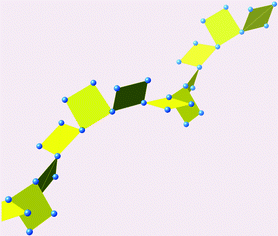Continuous chirality measures in transition metal chemistry
Abstract
The definition of the continuous chirality measure (CCM) is provided and its applications are summarized in this tutorial review, with special emphasis on the field of transition metal complexes. The CCM approach, developed in recent years, provides a quantitative parameter that evaluates the degree of chirality of a given molecule. Many quantitative structural correlations with chirality have been identified for most of the important families of metal complexes. Our recent research has shown that one can associate the chirality measures with, e.g., enantioselectivity in asymmetric catalysis. We also explore a fragment approach to chirality in which we investigate which part of a molecule is responsible for the chirality-associated properties of a given family of compounds.


 Please wait while we load your content...
Please wait while we load your content...